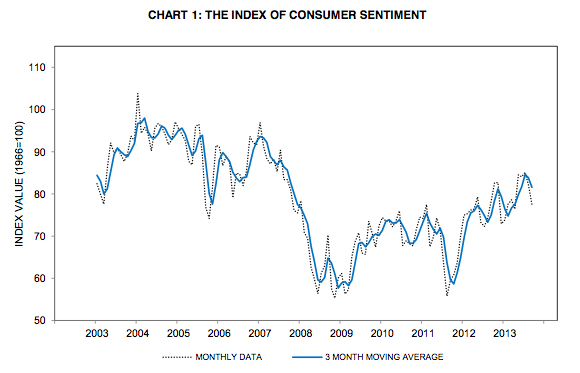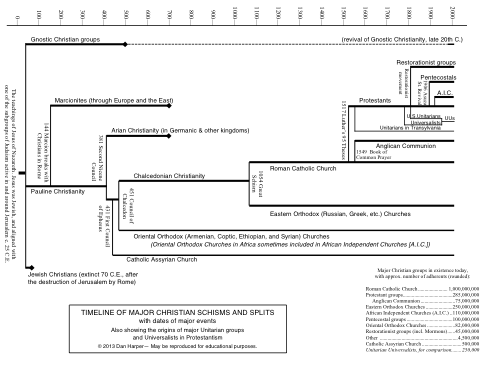On her blog “All Together Now,” Karen Bellavance-Grace describes the child dedication ceremony that her Unitarian Universalist congregation held for her children:
“I trusted the words that came from our minister, Rev. Barbara McKusick Liscord: ‘For years to come, these children will be a part of our community of mutual caring, concern, responsibility and affection. Wherever they are in the world, they will always be tucked in the heart of this community. Do you, this gathered congregation, dedicate yourselves to nourish their spiritual growth, to welcome and value them, to share with them what you know of life and to learn from them what they have to teach us?’
“I heard the words, thought they were lovely, and trusted the members of the congregation would be kind to my children, smile at them, make small talk at coffee hour, and teach their Religious Education classes. I heard those words, prayed they would hold lasting meaning, and assumed that at the least, this congregation would witness their growing up….”
Well, now her daughters are entering their teen years, and their parents are splitting up, and Bellavance-Grace rightly worries about the girls:
“I knew we had a potential recipe for disaster. There were days when they didn’t want to talk to either of us to process this transition. We asked who the adults were in their life that they would be willing to speak to. One by one, they listed the names of members of their home congregation. Their minister, their OWL teachers, the woman who had taught their RE class when they were in kindergarten, a member of the congregation they thought of us a second grandmother, a Mystery Pal from a few years back. In that moment, I knew they would be okay.”
This is one of the hidden aspects of religious education, an aspect which actually has little to do with education, or with theology. In today’s U.S. society, kids have very few places where they can get to know ordinary adults. Most of us don’t live with extended families any more, and most of us don’t live in true villages or small towns where there is a lot of intergenerational contact. Most of the adults in kids’ lives are authority figures who are focused on specific goals that kids are supposed meet, adults like teachers and sports coaches. One big exception to this societal trend is congregations, where kids can meet and get to know a number of adults, adults who are not going to grade them, or get them to win games.
I like child dedication ceremonies because lying at the theological center of a child dedication ceremony is a promise to support parents and child as that child grows up. The congregation is entering into a set of promises, a covenant, with one particular child, while reminding itself of a wider covenant it has with all children in its purview. When Bellavance-Grace’s children were dedicated, that covenant was explicitly named by the minister, which is a good thing — but even if that covenant isn’t explicitly stated, it is still a core element of a child dedication ceremony.
I also like child dedication ceremonies because they remind congregations of their responsibilities. And because they remind older kids who see the ceremonies that they, too, are part of a covenant. And (maybe most of all) because they keep us focused on one of most important functions congregations have: raising kids.
If you haven’t gotten your child or children dedicated, think about doing it. It’s good for you, good for your kids, and good for everyone.


